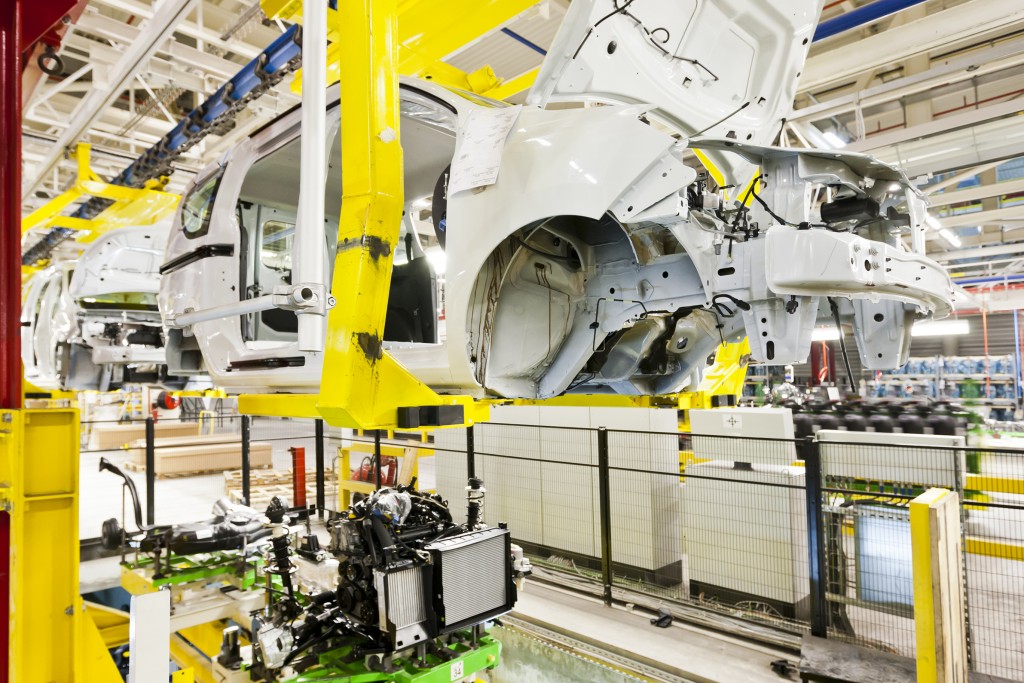All Time High: The Growth of UK Manufacturing
The output of the UK manufacturing is expanding at the most rapid rate since 2008. The industry also recorded a seventh consecutive month of growth in November. In ten years, the UK manufacturing sector has never seen so much growth. It looks like 2018 is going to be a wonderful year, not just for the entire manufacturing industry, but for the sectors inside, such as gas spring manufacturers like ourselves. So, why is the figure so, and how did we get there?
Output Figures
Renewable energy projects, boats, cars and aeroplanes for export helped to increase the output 3.9% higher in just three months. In fact, the official figures show that the entire industrial output rose by 0.4% in November.
Output from construction also fell by 2% compared with previous months, however, that was the industry’s biggest fall since August 2012. The main positive for this sector is the 1.2% increase in new housing.
November 2017 was estimated to have a total production increase of 0.4 % in comparison to October with an expectation of the majority of this coming from energy supply. While this was originally the prediction, this increased by 3.2% due to the change in temperatures. This was because the temperature was warmer than average in October and colder than average in November, which meant an obvious effect on production and supply.
Economic Growth
While there are positives and some negatives in the statistics, one main figure to focus on is the growth of the economy as a whole. This has slowed down within the first nine months of 2017, with higher inflation caused by the fall in sterling. This was of course due to the Brexit referendum. However, it is important to note that the UK economy did grow by 0.4% in the three months to September.
While the figures are looking great, it is also vital to point out that UK manufacturing makes up only 10% of the economy. While an important section, it is a small one.
Riding on Trends
One could say that British manufacturing depends on two trends; global growth and currency.
While, as mentioned, the value of sterling has fallen following Brexit, this circumstance has made UK exports much more competitive.
For the first time since the middle of the financial crisis, the 3 main engines of global growth – USA, China and Europe, are all performing strongly. This has led to further exports which are contributing to narrowing the trade deficit.
While there is a clear divide in value between what we import and export, the entire economic picture seems subdued. However, assisted by a positive outlook in the British manufacturing sector, we have not seen such quarterly optimism since way back in April 2008, and furthermore, we are enjoying a solid run of growth since 1997.
Lee Hopley, chief economist at The Manufacturers’ organisation EEF has said:
“UK manufacturers were, in the main, in good shape as 2017 came to a close, with the majority of sub-sectors enjoying growth. Manufacturers’ expectations for the year ahead point to output and export growth being maintained through this year on the back of continuing support from a burgeoning global economy. This, together with an ongoing commitment from government to deliver on its industrial strategy, will be crucial in helping to propel the sector forward”
While looking ahead, Brexit uncertainty is likely to continue affecting these figures, the UK Manufacturing sector can only be optimistic following from these numbers.
European Springs Ireland are looking forward to what the world of springs will be doing as the year continues and how the growth of Manufacturing can help all the sectors grow equally.
If you would like any information on how our services can help your business grow, we would love to discuss. Simply get in touch with our expert team.
[button url=”/contact-us/” class=”scbutton”]Enquire Now[/button]
